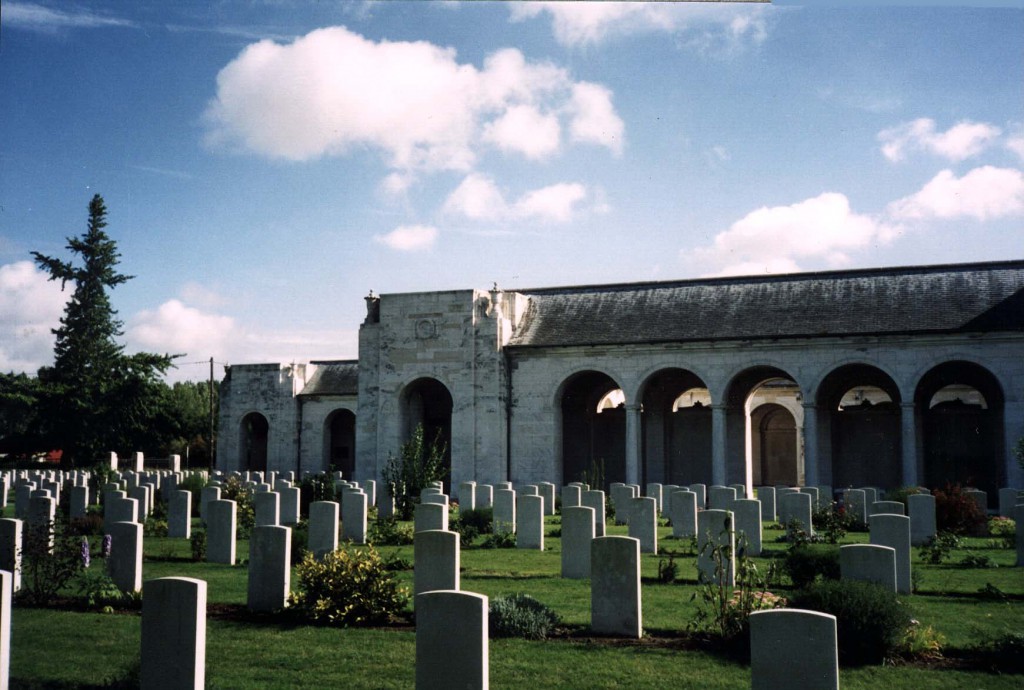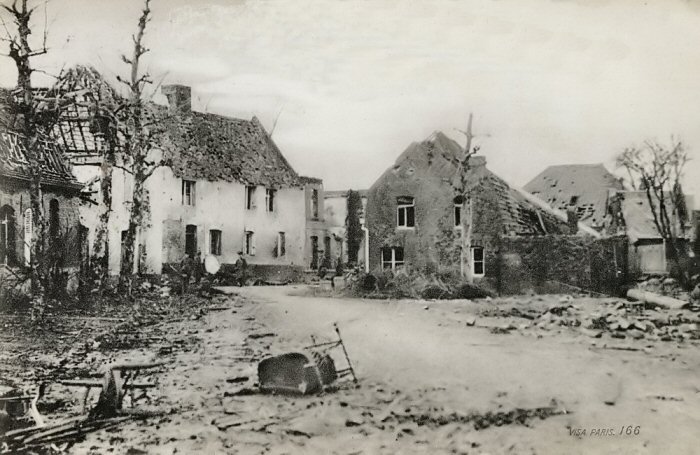Herbert Cavis Brown
King Edward’s Horse (The King’s Overseas Dominions Regiment) was originally formed as part of the Imperial Yeomanry in November 1901. It was a cavalry regiment of the British Army composed of four squadrons of colonial volunteers who were living in London. Known first as the 4th County of London (King’s Colonials) Imperial Yeomanry the four squadrons were comprised of Australians, South Africans, Canadians and New Zealanders. In 1905 the name was changed again to The King’s Colonials, Imperial Yeomanry, and became part of the Yeomanry in the Territorial force in 1908. During the following year, the specific links of the squadrons ended, and with the death of King Edward VII – for whom it had been named – it became known as the King Edward’s Horse in 1910. By 1913, it ceased to be considered yeomanry when it was transferred into the Special Reserve.
In August 1914 at the outbreak of war, the regiment was promptly mobilised in London, and it was at Hampton Court on Sunday January 3 1915 that HERBERT CAVIS BROWN enlisted as a Private in the 2nd King Edward’s Horse, Canadian Cavalry Brigade. He was the eldest son of William Brown, a dentist, and his wife Mary. Born in 1884, he lived in a Bridge Street full of businesses and trades long gone. At the top, as it is today, stood the Market Hall dominating the junctions of High Street, Wood Street and Henley Street. The building was very much as it had been for sixty years, although most of the open arcades had been filled in. The front part was occupied by the municipal gas department, but the back part still held some stalls.
Herbert joined King Edward VI School in April 1893, and his contemporaries and friends included Raymond and Percy Fisher, Harry Fox, James Yelf, George Ball and Alan Moray-Brown. They threw themselves into sports, swam in the Avon along the Warwick Road or off Sausage Island beyond Lucy’s Mill, and boated on the river. Leaving School he was articled for six years to the engineering firm, Paul and Horton, then worked for a time in the north of England, before sailing to South America in 1909 where he lived and worked until 1915 when he returned to England to enlist.
In April 1915 his Brigade moved from Buxted in Sussex to Folkestone and crossed to France on the SS Onward. As with other small units in what were still the early stages of the war, the impression is inescapable that higher command found them easy to neglect in matters of equipment and clear objectives.
Following some protest, 2nd King Edward’s Horse became part of an infantry brigade of three weak battalions. Issued with two machine guns they were enabled to return to three squadron organisation on joining 1 Canadian Division, with eighty-five officers and 1421 NCOs and men. Their orders to be ready to move at ninety minutes notice were not easily reconciled with their lack of transportation, so they had to hire carts from local farmers.
By May 17 they were at the little village of Locon, four miles north-east of Bethune, and in reserve as 2 and 7 Divisions attacked in the Battle of Festubert, called by A.J.P.Taylor ‘one of those so-called battles (that) have no meaning except as names on a war memorial.’ It was during that time in 1915 when ‘the first zest of the new British army was blunted.’A week later, Henry Brown and the other members of the 2nd King Edward’s Horse moved into the forward trenches with orders to regain a bit of the line that had been lost – a section of about fifty yards. They were subjected to intense artillery fire. It was the familiar story of poor trenches providing little cover – these were old German trenches and in a very bad state of repair. The terrain was really too wet for trenches which were just water-logged ditches with sandbag breastworks. Each regiment stationed one squadron in the front line, with the rest of their troops in support and reserve.
2nd King Edward’s Horse was ordered to hold their line in support as two companies of another unit launched an attack that was delayed until 3:10am. Before they were half way across no man’s land the majority of men had already fallen before withering fire and machine guns. ‘It’s simple murder to send infantry against these fortified entrenchments until they’ve been heavily hammered,’ wrote a junior officer. ‘They were not hammered heavily enough: lack of shells saw to that,’ agreed Richard Holmes. Men waited in no man’s land throughout the following day during which the British lines were continuously and heavily shelled. For ten days the British slogged away around the village of Festubert that was left a heap of rubble. Isolated parties of Germans hung on in shell-holes or in section of wrecked trench. There is some uncertainty about the time and place of Herbert Brown’s death, but it appears that whilst he was preparing to take part in a bayonet attack, Henry was shot in the head by a sniper. At this time the British soldier was still wearing cloth caps. Amongst the mud, the shelling and the confusion his body was never recovered and he is commemorated on the Le Touret Memorial at Richebourg-l’Avoue in the Pas de Calais. His name is also on the memorial in Holy Trinity Church, in the Garden of Remembrance and in the Memorial Library at King Edward VI School.

Le Touret Memorial on the Bethune-Armentieres road
The Stratford-upon-Avon Herald recorded his death on June 4, observing that ‘the sympathy of the Stratfordians and the deceased Trooper’s old school fellows will we are sure be extended to Mrs. Brown and her family in their bereavement.’ Brave words, but they disguise the futility of Herbert’s death. The result of the Battle of Festubert was the same as all the previous battles. A few yards of ground gained, but 710 officers and 16,000 men lost. ‘The shell shortage coupled with the long casualty lists that spring,’ wrote Nigel H. Jones, ‘caused a major scandal in Britain. The nation, shaken by the seriousness of war, braced itself grimly for more sacrifice.’


